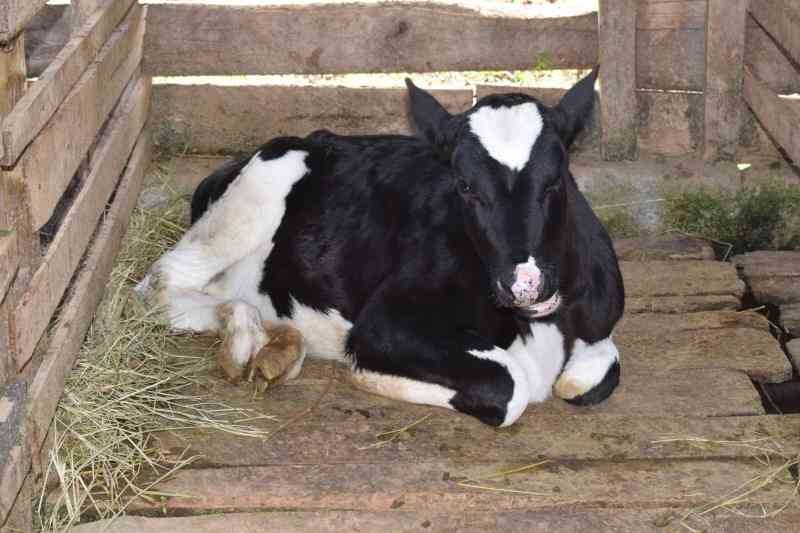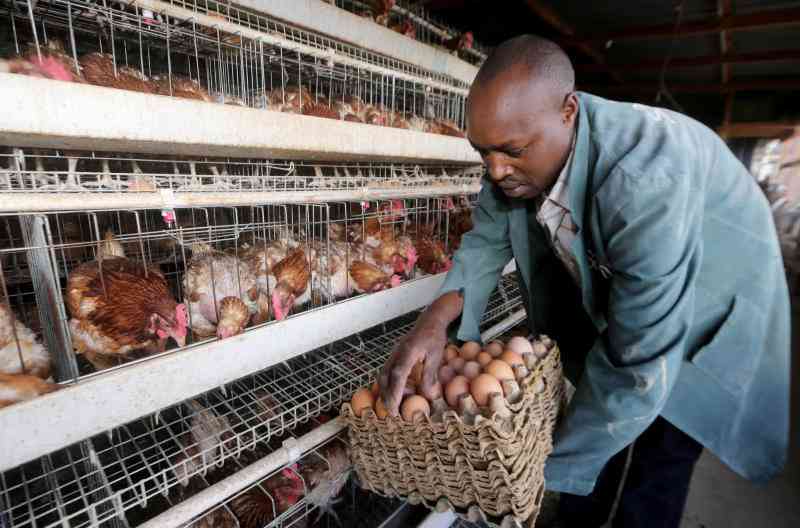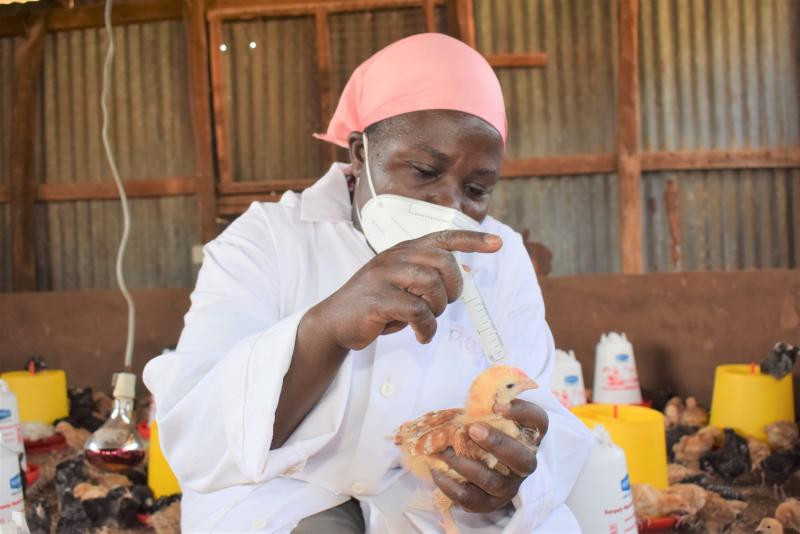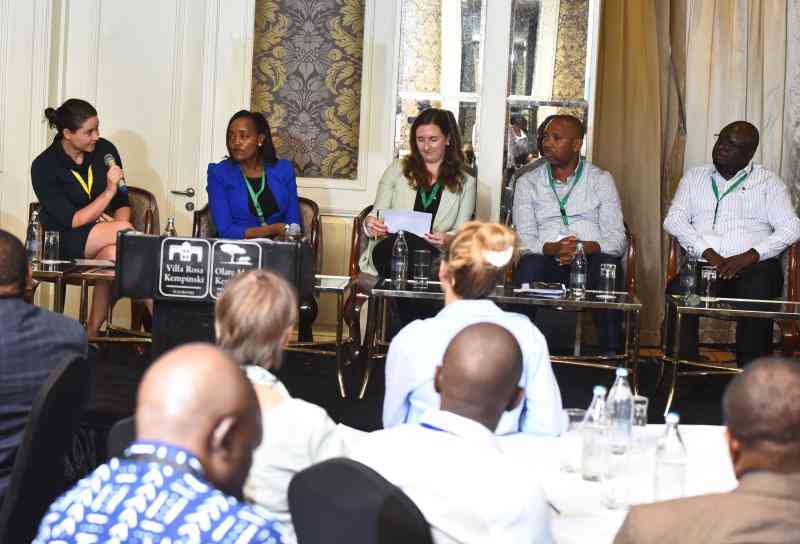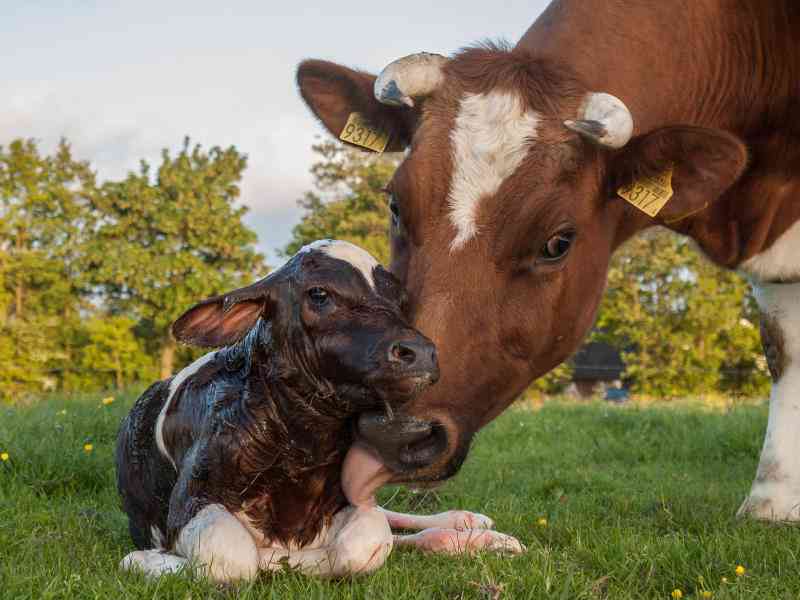
Thank you for your simple and educative articles. I am a new dairy farmer, and recently, I almost lost my calf at birth. I think the process started at night, and when we woke up, I found the calf stuck, and I had to pull it out. Luckily, I did this without any prior knowledge, and the calf survived. Could you kindly educate us on the whole process of giving birth in cows?
[Ndirangu Nicholas, Nyahururu.]
Thanks, Nicholas, for reading Smart Harvest and for your good question. The calving process, or parturition, occurs in three stages, namely dilation of the cervix, delivery of the calf, and the afterbirth or placenta. It is worth noting that if this process does not go smoothly, it can result in the death of the calf. Dystocia is the veterinary term given to a difficult or prolonged parturition process. Parturition occurs at the end of the gestation period, which lasts approximately 283 days in cattle. All animals change their behavior during the process of parturition.
Stage One: Dilation of the cervix
This stage is the first stage of parturition and is normally marked by the softening of the cervix and the pelvic ligaments. Cervical dilation begins some two to 24 hours before the completion of parturition and may sometimes pass unnoticed. Normally, the cervix is tightly closed to prevent the entry of any microorganisms. Externally, a farmer will see thick mucus known as string hanging out of the vulva, the cow will not eat much, and if in a herd, will suddenly isolate itself from the rest, and the tail will be raised. This stage can take days, and it culminates in uterine muscle contractions that further widen the dilation of the cervix.
Stage Two: Delivery of the calf/expulsion
This stage begins when the water bag or membranes at the vulva and ends with the delivery of the calf. During this stage, the fetal membranes and fetus are in the pelvic canal. With the appearance of the membranes, the calf can be born anytime. It is also during this stage that the cow may develop difficulties and may need to be assisted in the delivery process. If a cow takes over an hour and the front leg and nose are not showing, then some assistance may be needed. You may try to do a vaginal examination with your clean and gloved hands. If the presentation is normal and you are able to palpate the calf’s nose and straightened front feet, then give the cow around half an hour before intervening by gently pulling and delivering the calf. However, if you don’t feel this, then it is likely a case of malpresentation, and a veterinary doctor is needed to quickly correct the abnormal presentation.
The most common cause of dystocia or difficult birth is a calf that is too large to fit through the birth canal and the opening in the cow’s pelvis. This is termed fetal-dam disparity and can be from a large calf, a small cow or heifer, or both. Dystocia may also occur when the calf is in the wrong position for parturition; this is called malpresentation. The correct position for a calf exiting the birth canal is facing forward with its back up and its head resting between the forelimbs. Before assisting a cow, the cow’s vulva and the surrounding area should be cleaned, as well as the hand and arm of the person assisting the cow. The hands should be properly lubricated to avoid injuries to the birth canal.
Stage Three: Delivery of the afterbirth or placenta
This is the last stage of parturition, and it is completed with the delivery of the placenta. It happens within eight to twelve hours following the delivery of the calf. If it is not shed after twelve hours, then the cow has a case of retained placenta and requires veterinary intervention to treat.
 The Standard Group Plc is a multi-media organization with investments in media platforms spanning newspaper print
operations, television, radio broadcasting, digital and online services. The Standard Group is recognized as a
leading multi-media house in Kenya with a key influence in matters of national and international interest.
The Standard Group Plc is a multi-media organization with investments in media platforms spanning newspaper print
operations, television, radio broadcasting, digital and online services. The Standard Group is recognized as a
leading multi-media house in Kenya with a key influence in matters of national and international interest.

